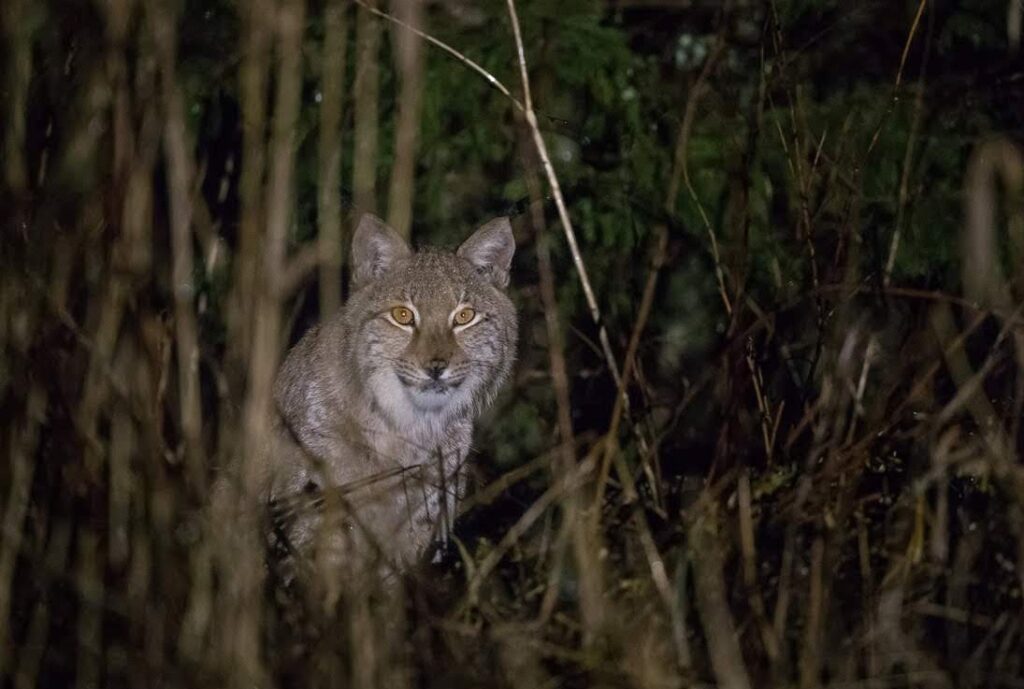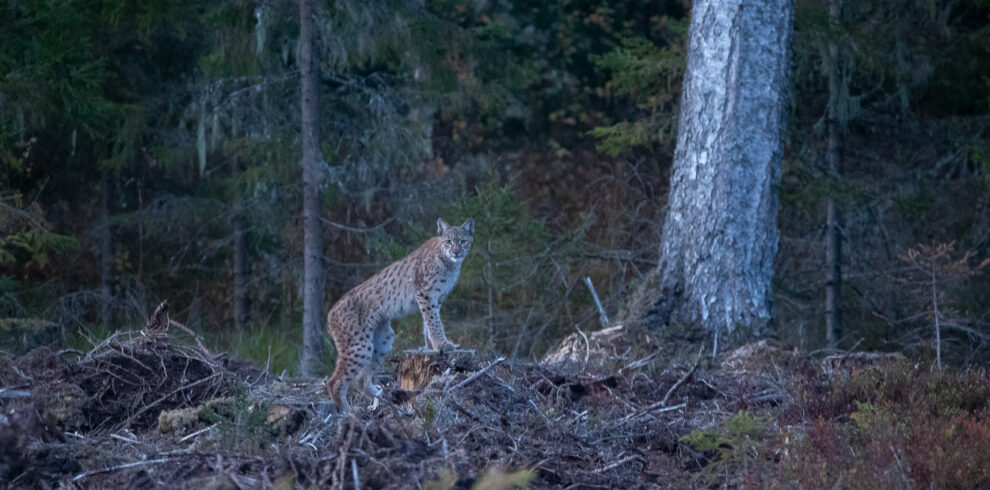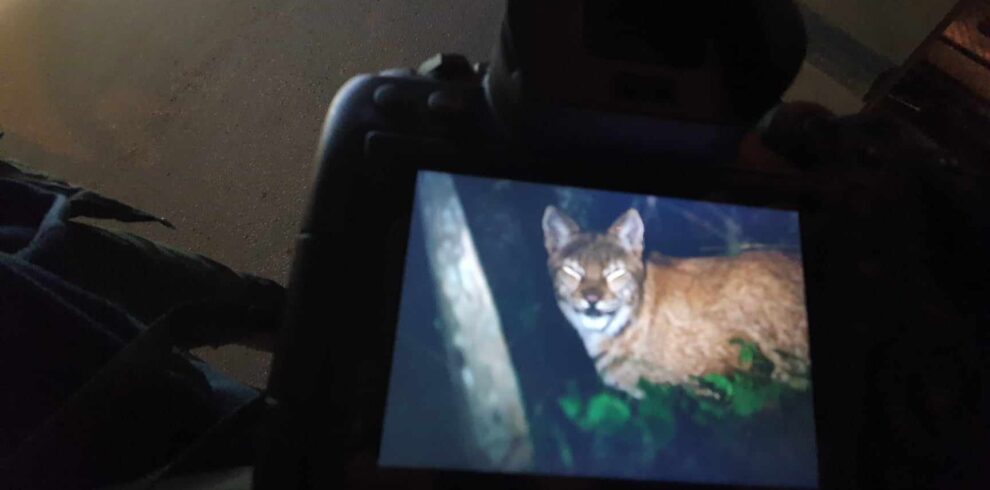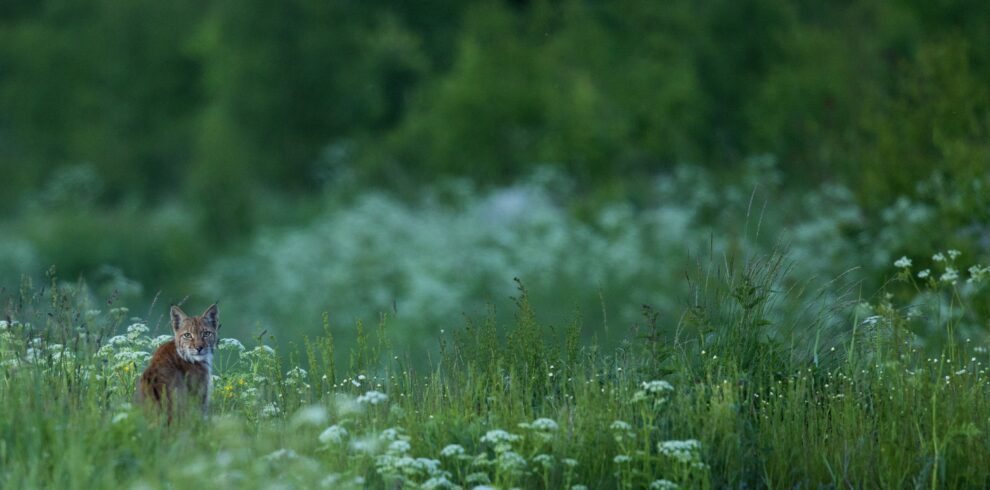Scheduled tour dates
-
Guaranteed Available PackagesMonday16/03/2026Sunday22/03/2026€1.6902Available
In Estonia, March is the month when the land is covered with snow, or at least there are some patches of snow under the forest and on small dirt roads. Migrating birds are returning and the sun is moving higher and higher every day. Spring is not only in the air but also in the hearts of many birds and mammals. For example, it’s the mating season for the main target of this tour – the Eurasian Lynx. It’s the period when there are really good chances to spot one, as they are more active and come to open areas much more often. During different periods, Estonia has been the country with the highest lynx population density and the local individuals are one of the largest in the world. Its’ main prey – Roe Deer, is doing better year after and so is the local lynx population. Right now, an estimated 600-700 Eurasian Lynx inhabit the forests of Estonia, and the best areasas to spot them are Lahemaa and Matslau National Parks in the northeastern western parts of the country. Lahemaa was also the first national park grounded in the whole former Soviet Union and is still the largest NP in Estonia. Matsalu is famous as brid watching area but it’s
Another great time to look for the lynx is autumn when the temperatures have dropped and mammals have become more active again. The species spectrum is very similar to early spring. As there is probably no snow yet, we won’t be tracking during the day, but rather go for walks and do some birding. Late autumn is a great time to spot some of the species staying in Estonia throughout the year (Pygmy and Ural Owl, woodpeckers, Hazel Grouse, and Capercaillie) and winter guests, such as Waxwings. You can read a bit more about some of the mammal tours we had in 2023 from our blog.
Similar tours
If the dates do not fit, you could join our Lynx and Steller’s Eider Tour. If early spring is not the most suitable time for your travels, but you still wish to look for the lynx then join us in autumn for the Lynx and Bear Tour.
Overview
Looking for the lynx will be done with thermal imagery binoculars and we start usually an hour/half an hour before sunset. Usually, we look until late in the evening or sometimes even until the first hours of the new day depending on our success and level of tiredness. We move and the lynx moves and during these 6 evenings, there will be a very high probability that at one point our paths cross. It must be noted that looking for Lynx means quite a lot of driving around in the dark.
Although this tour concentrates on the Eurasian Lynx, we will most likely also meet other mammals sharing the same habitats, such as Elk, Roe Deer, Snow Hare, Pine Marten, and Raccoon Dogs, just to name the main ones. Daytime will be used for resting and looking for bird specialties, such as the forest grouse and woodpeckers. If the snow conditions are suitable, we would also go lynx-tracking. Evening excursions will give us also the chance to spot several species of owls, such as the Ural Owl and Pygmy Owl.








